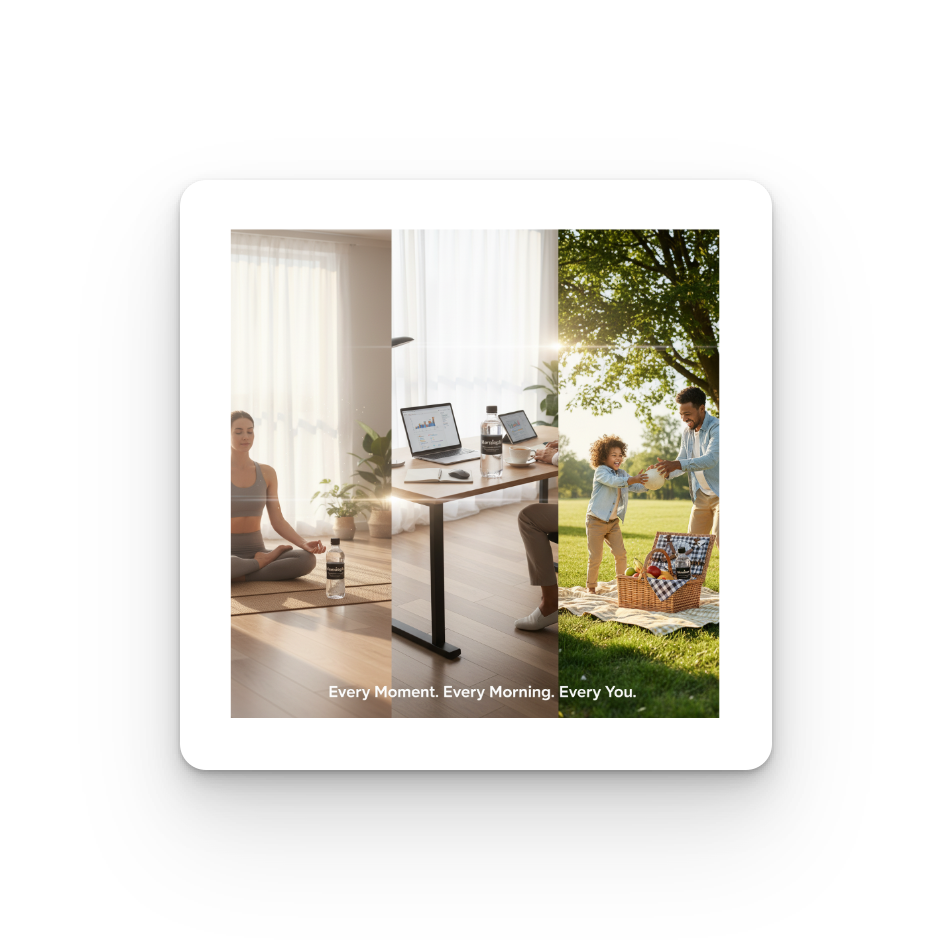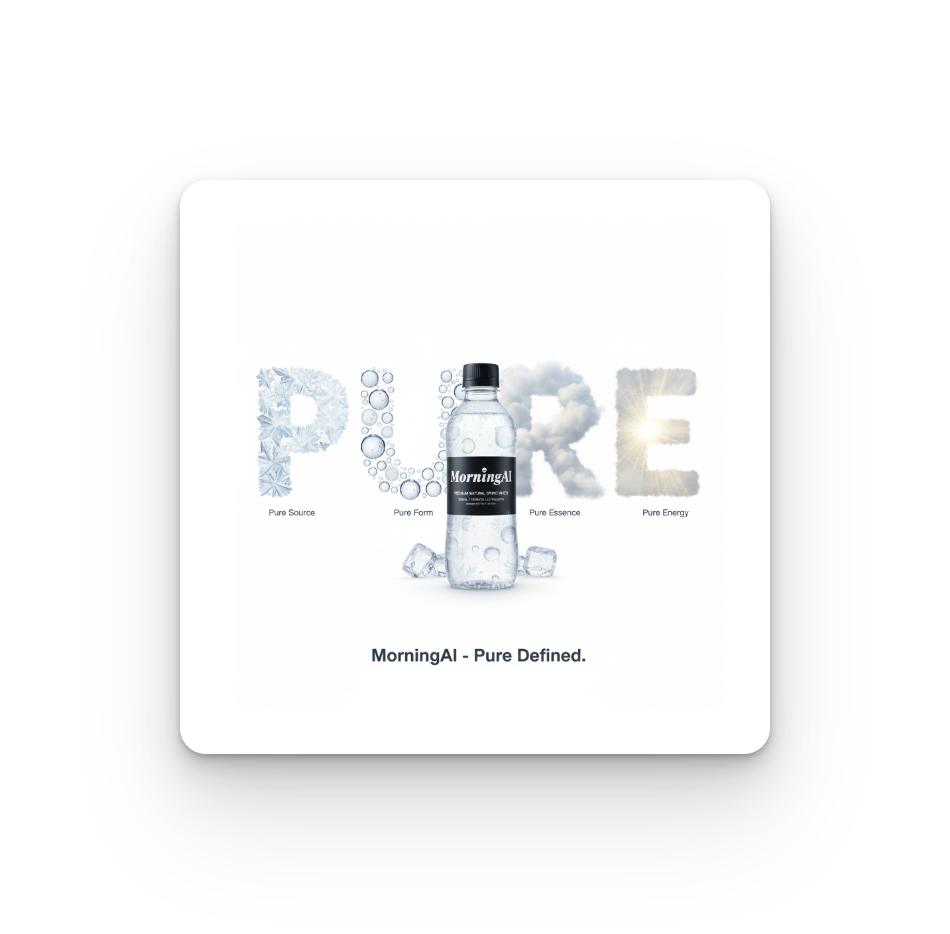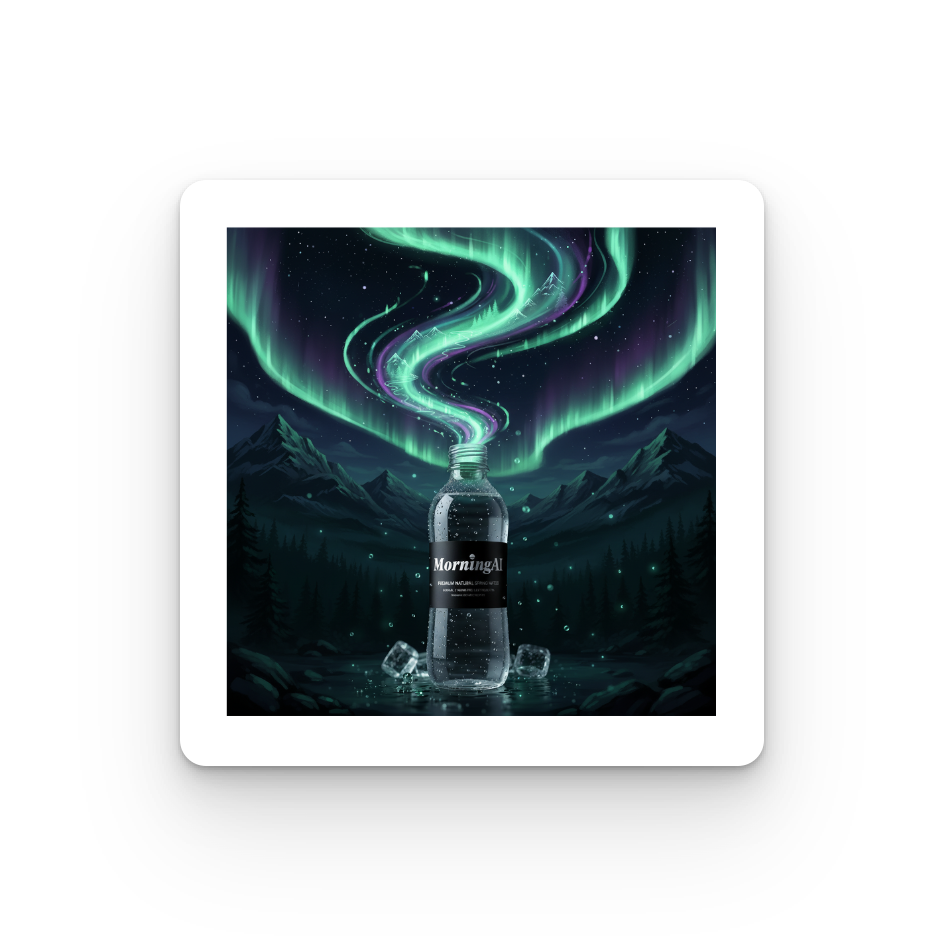
How to Create Effective Ads: 5 Research-Backed Dimensions

Want to know how to create effective ads that actually drive sales? Here's the reality: Creative campaigns can increase sales effectiveness by up to 89%. But most marketers create ads blindly, guessing what will work without understanding proven ad creative best practices.
The difference between ads that sell and ads that fail comes down to five research-backed dimensions of creativity. Some combinations boost sales by 96%, while others tank performance by 99%.
Let's break down exactly how to create effective ads using a framework backed by Harvard research.
The Science Behind Effective Ad Creative
Professors Werner Reinartz and Peter Saffert analyzed hundreds of ads and isolated five dimensions that determine creative effectiveness. Their research, published in Harvard Business Review, revealed which ad creative best practices actually drive results and which combinations destroy performance.
Here are the five dimensions you need to master:
1. Originality: Breaking From Convention
How to apply it: Create ads that depart from stereotypical thinking in your industry.
Originality is the foundation of how to create effective ads that stand out. Ask yourself: Is this concept out of the ordinary? Does it break from what competitors are doing?
Example: Instead of showing a water bottle in a typical outdoor setting, create an ad where mountains are made entirely of water droplets, inverting the expected relationship between product and environment.
Why it works: Original ads force viewers to pause and process something unexpected, increasing engagement and memorability.
Ad creative best practice: Research what your competitors are doing, then do the opposite. If everyone in your category uses clean, minimal aesthetics, try bold and maximal. If everyone shows products in use, show the transformation they create.

2. Flexibility: Showing Versatility
How to apply it: Demonstrate your product across multiple contexts or ideas.
Flexibility shows your product moving from one subject to another, from a yoga studio to an office to an outdoor picnic. This dimension works well for products that solve multiple problems or fit various lifestyles.
Warning: When learning how to create effective ads, avoid pairing Flexibility with Artistic Value (more on this below). This combination reduces sales effectiveness by 99%.

3. Elaboration: Adding Intricate Details
How to apply it: Extend your core idea with unexpected, intricate details.
Among ad creative best practices, elaboration consistently delivers strong results. Take a simple concept and layer in details that surprise viewers.
Example: Don't just show "pure water." Spell out "PURE" using pure snow, pure water, pure clouds, and pure sunshine. Or showcase Starbucks Italian Roast with tiny clay-animated figures on Vespas touring Italy around the coffee bag.
Why it works: Elaboration gives viewers more to discover, increasing time spent with your ad and deepening the message impact.
Pro tip: When you create effective ads using elaboration, focus on sensory details, micro-moments, or surprising facts that extend your positioning.

4. Synthesis: Connecting the Unrelated
How to apply it: Pair your product with conceptually disconnected elements.
Synthesis creates meaning through unexpected combinations. Connect your water bottle with the Northern Lights. Pair your coffee with architectural elements. The tension between unrelated objects creates memorable creativity.
Exercise: Ask yourself, "What if we combined [our product] with [completely unrelated concept from nature/art/culture]?" The stranger the pairing, the more distinctive your ad.

5. Artistic Value: Production Excellence
How to apply it: Create visually or verbally distinctive executions.
Think Coca-Cola's Polar Bears or Cartier's film-quality commercials. Artistic value means your ad looks like art rather than advertising.
Critical note: Artistic value only works when paired correctly with other dimensions. Used alone or with flexibility, it actively hurts performance.

The Winning Formula: How to Create Effective Ads That Convert
Here's where understanding ad creative best practices becomes crucial. Not all dimension combinations work equally.
Most Effective: Originality + Elaboration (+96%)
This combination nearly doubles ad effectiveness. Take an unconventional concept and elaborate with intricate, unexpected details.
Real-world example: When working with Stella Artois, we created a hot air balloon ad combining originality and artistic value. Viewers don't realize they're in a hot air balloon for 20 seconds; they just see olives floating, drinks being passed. Then the reveal hits.
Result? The highest-scoring ad Stella Artois had ever tested at that point.
Why it works: Originality captures attention. Elaboration maintains it and communicates depth. Together, they create ads that are both memorable and persuasive.
Least Effective: Flexibility + Artistic Value (-99%)
Avoid this combination. Beautiful ads that shift between multiple ideas don't just underperform, they actively hurt sales.
Why it fails: Flexibility dilutes focus. Adding artistic value to unfocused messaging creates expensive ads that confuse rather than convert.
Other Effective Combinations:
- Elaboration + Artistic Value (+28%): Strong visuals with intricate details
- Originality + Artistic Value (+28%): Unconventional concepts with production quality
- Originality + Synthesis (+1%): Breaking convention with unusual connections
Ad Creative Best Practices: Strategic Implementation
Knowing how to create effective ads isn't just about creativity; it's about strategic application.
1. Match Creativity to Medium
Static display ads: Originality + Elaboration works best. Viewers need immediate visual impact.
Video ads: Layer multiple dimensions. Start with synthesis or originality, reveal elaboration over time, and finish with artistic value.
Social media: Originality is critical for stopping the scroll. Add elaboration for engagement.
2. Balance Risk and Brand Safety
When you create effective ads, you need both safe options and boundary-pushers.
Safe creative: Product shot, clear headline, obvious CTA. Use for retargeting, bottom-of-funnel, or risk-averse clients.
Bold creative: Originality + Elaboration. Use for awareness, competitive categories, or when you need to break through clutter.
Case study: Liquid Death entered the water category when every competitor used clean, pure, healthy aesthetics. They went completely opposite punk rock branding, skull-covered cans, and irreverent messaging. Result? One of the fastest-growing CPG brands with billions in valuation.
3. Test Before Scaling
Ad creative best practices include rapid testing:
- Generate 5-10 concepts exploring different dimension combinations
- A/B test on small budgets before committing to production
- Measure both attention and conversion metrics
- Iterate based on data, not opinions
In 2025, you can validate creative concepts for pennies compared to traditional production costs.
How to Create Effective Ads: Step-by-Step Process
Step 1: Audit Your Category: Research competitor ads. Identify patterns, clichés, and overused concepts. Your opportunity lies in doing the opposite.
Step 2: Choose Your Dimensions: Start with Originality + Elaboration for the highest probability of success. Consider your medium and message complexity.
Step 3: Brief for Specificity: Don't brief "make it creative." Brief "emphasize strawberry flavor using unconventional imagery and intricate details."
Step 4: Generate Multiple Concepts: Create 10+ variations. Tools like MorningAI are trained on these dimensions, generating research-backed concepts in seconds.
Step 5: Test and Measure: Run small tests. Measure engagement, click-through, and conversion. Scale what works.
Step 6: Refine and Iterate: Take winning concepts and push them further. Add more elaboration. Make them more original.
Common Mistakes When Creating Effective Ads
Mistake 1: Creativity Without Strategy Being different isn't enough. Your ad must be on-brand, on-message, and aligned with business goals.
Mistake 2: Copying What Works Elsewhere What worked for another brand in another category won't necessarily work for you. Use frameworks, not formulas.
Mistake 3: Over-Relying on Artistic Value Spending big on production without nailing originality or elaboration wastes budget.
Mistake 4: Playing It Too Safe Safe ads blend in. In competitive categories, blending in means losing.
Mistake 5: Not Testing Your opinion doesn't matter. Your boss's opinion doesn't matter. Only audience response matters.
FAQ: How to Create Effective Ads
What makes an ad creative effective? Effective ad creative combines multiple dimensions of creativity (originality, elaboration, synthesis, flexibility, or artistic value) in proven combinations. Research shows Originality + Elaboration increases sales effectiveness by 96%.
How do I know which creative dimensions to use? Start with Originality + Elaboration, the highest-performing combination. Avoid Flexibility + Artistic Value, which reduces effectiveness by 99%. Consider your medium, audience, and message complexity.
Do creative ads work better than simple ads? Strategic creativity outperforms safe, simple ads by up to 89% in sales effectiveness. However, poorly executed creativity can tank performance. Follow proven ad creative best practices and test before scaling.
How can I create effective ads without a big budget? Use AI tools trained on creativity frameworks to generate concepts quickly. Test small. Scale winners. Modern platforms let you validate creative for pennies versus traditional production costs.
What's the difference between creative and effective? Creative means different or artistic. Effective means driving business results. The best ads are both using proven dimension combinations that capture attention AND drive action.
How long does it take to create effective ads? With modern tools, you can generate research-backed concepts in seconds. However, strategic thinking understanding your audience, category, and objectives remains essential and takes time.
Real-World Application: Case Studies
Case Study 1: Frozen Beverage Campaign
Challenge: Stand out in the crowded soda category Approach: Originality (ice castle concept) + Elaboration (frozen strawberries with icicles, color variations, intricate details) Result: Significantly higher engagement than standard product-shot ads
Case Study 2: Premium Coffee Brand
Challenge: Communicate Italian heritage and craftsmanship Approach: Elaboration (tiny clay figures on Vespas touring Italy) + Artistic Value (distinctive visual style) Result: Elevated brand perception and product differentiation
Case Study 3: Water Bottle Launch
Challenge: Communicate purity in a simple product Approach: Elaboration (spelling "PURE" with pure snow, water, clouds, sunshine) Result: Complex messaging communicated through simple, memorable visual
The Bottom Line: Ad Creative Best Practices
Learning how to create effective ads comes down to three principles:
1. Be systematic AND novel: Follow proven frameworks, but avoid copying what's been done before.
2. Test rapidly and cheaply: Generate multiple concepts. Test quickly. Scale winners.
3. Prioritize combinations that work: Focus on Originality + Elaboration. Avoid Flexibility + Artistic Value.
The brands that win combine speed, creativity, and strategic thinking. They don't just create different ads they create effective ads that drive measurable results.
Your Next Steps
Ready to apply these ad creative best practices?
MorningAI is trained on all five creativity dimensions covered in this guide. You don't need to remember the research; just provide a simple brief, and our platform automatically applies these proven frameworks to generate effective ads in seconds.
Start creating research-backed ads in MorningAI →
Want a detailed walkthrough? Check out our complete step-by-step guide to creating effective ads that covers briefing and iteration strategies.
The question isn't whether to create effective ads it's whether you'll use proven frameworks to do it strategically or keep guessing.

Start your free 14 days trial!
easily collaborate with your agency partners and freelancers.








